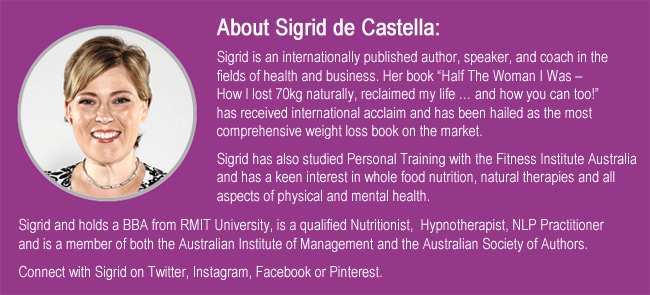Click here for the original InShape News article.
In this fast-paced busy world in which we live it seems the world is spinning faster and faster. Those 24 hours in a day now feel like much less as we struggle to fit ‘life’ in. So it’s no wonder we’re focussing less and less on the things that improve our health. Fast food and convenience meals have become the staple and “a lack of time” is the number one excuse for not exercising.
It’s long been promoted that adults need to partake in around 150 minutes of exercise each and every week to maintain flexibility, health and muscle tone. But recent research is now busting this myth wide open with startling results. Science may just be coming to our rescue.

In 2013 Chris Jordan, Director of Exercise Physiology at the Human Performance Institute Division of Wellness & Prevention, Inc., designed a practical body weight circuit workout that became known as the “7 Minute Workout”. Published in the American College of Sports Medicine’s Health & Fitness Journal, it revolutionised and reinvigorated the fitness craze.
It works by employing the High Intensity interval Training (HIIT) methodology, getting your heart rate up and you sweating through the mix of 12 strength and cardio exercises. There are literally hundreds of testimonials and dozens of free Apps to guide you using only a wall and a chair. But if you delve into the research you’ll discover Chris actually recommends doing the workout three times in a row two to three times a week to achieve great fitness. So it’s really a 21 minute workout, or 63 minutes a week.
HIIT training seems to now be popping up everywhere. It’s the new buzz word. But HIIT originated informally in the 1970s, used by track and field athlete Sebastian Coe and has since morphed into the Tabatha regimen (1996), the Gibila regimen (2009), Zuniga regimen (2011) and finally the Timmons regimen (2012) used by Dr Michael Mosely in his BBC documentary the “Truth about Exercise”.
HIIT, also known as interval sprints, is basically a form of interval training – a series of high-intensity exercise workouts (anywhere from 8 seconds up to 20 minutes) interspersed with a rest or relief period before repeating. HIIT provides a good cardiovascular workout and can be coupled with strength exercise for circuit training if desired. But it’s the “sprint’ component of HIIT that has the greatest impact for minimal effort.
In 2015 the ABC Catalyst report “Fit in 6 Minutes a Week” reporter Anja Taylor shows us her personal test of “sprints”, training for two-minutes three times a week over 16 weeks. Her approach involved a 30-second sprint followed by a 4.5 minute rest, repeated 4 times, although Anja admits that sprinting up a hill was not a good idea and that a stationary bike would have been a better choice. But after 16 weeks the results were startling: Anja shed 1.5kg of body fat reducing her BMI dramatically whilst improving her VO2Max by more than 10% and moving her from the “unfit” into the “fit” category.
Whilst the approaches vary, they all show that HIIT is a highly effective strategy to improve your fitness whilst dramatically reducing the risk of illness, disease and human aging. But the interesting thing about Anja’s Catalyst report is that she explains the science behind why this works – and it’s fascinating (and well worth a watch).
Put simply “sprints” boost your mitochondrial DNA function by triggering your flight or fight mode, producing adrenalin and improving your VO2Max. Sprinting improves not only the way your body operates at a cellular level but also your fat burning capability. Sprinting reduces your visceral fat, counteracts diabetes, helps to prevent diseases, reduces the effects of menopause, improves your sleep and reduces most of the signs of aging. So “interval sprinting” could just be the fountain of youth we’ve all been seeking.
And at only 6 minutes a week, this could be the time effective quickie workout you’ve been seeking.
#inshapenews #goodadvice #quickieworkout #hit #highintensitycardio #hiit #highintensityintervalcardio #cardio #vo2max #7minuteworkout #truthaboutexercise #fitinminutes #fitin6minutesaweek #bmi #bodymassindex #diabetes #menopause #burnfat #fattofit #fitlife #fitness #getoutside #staystrong


